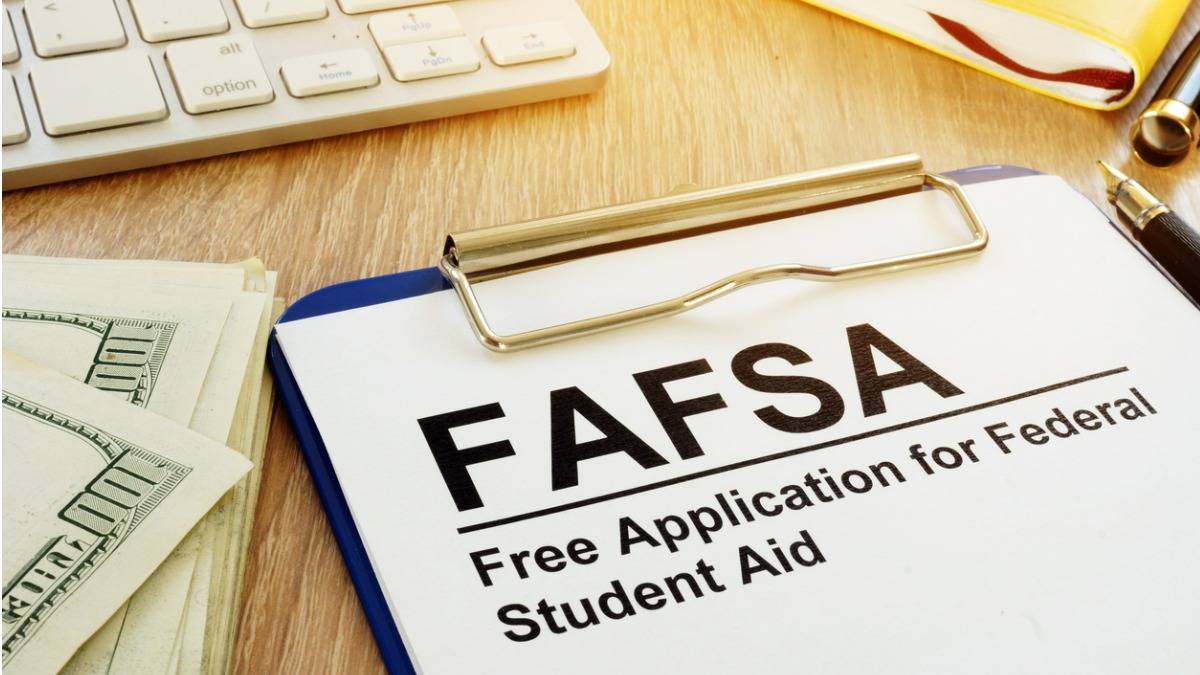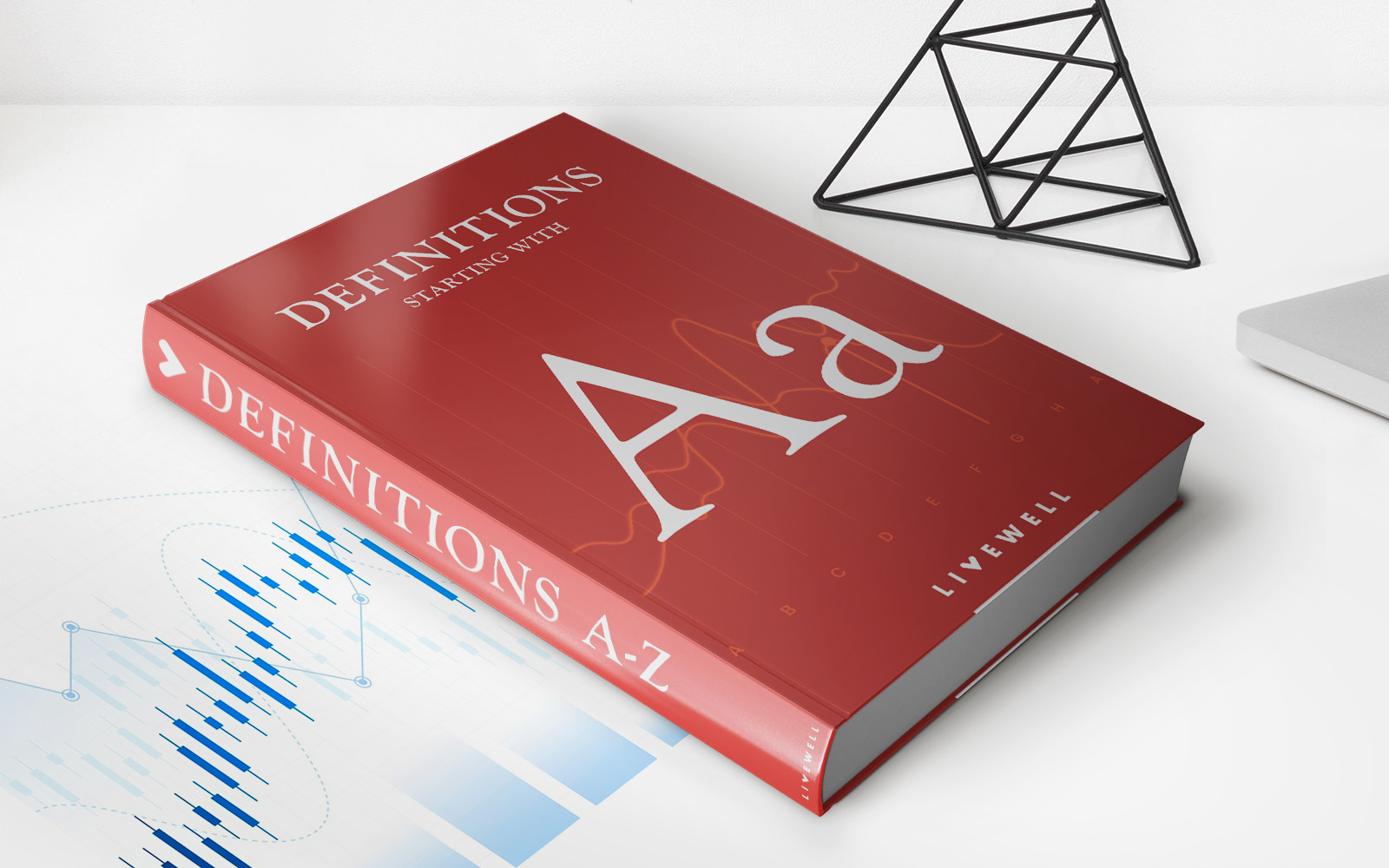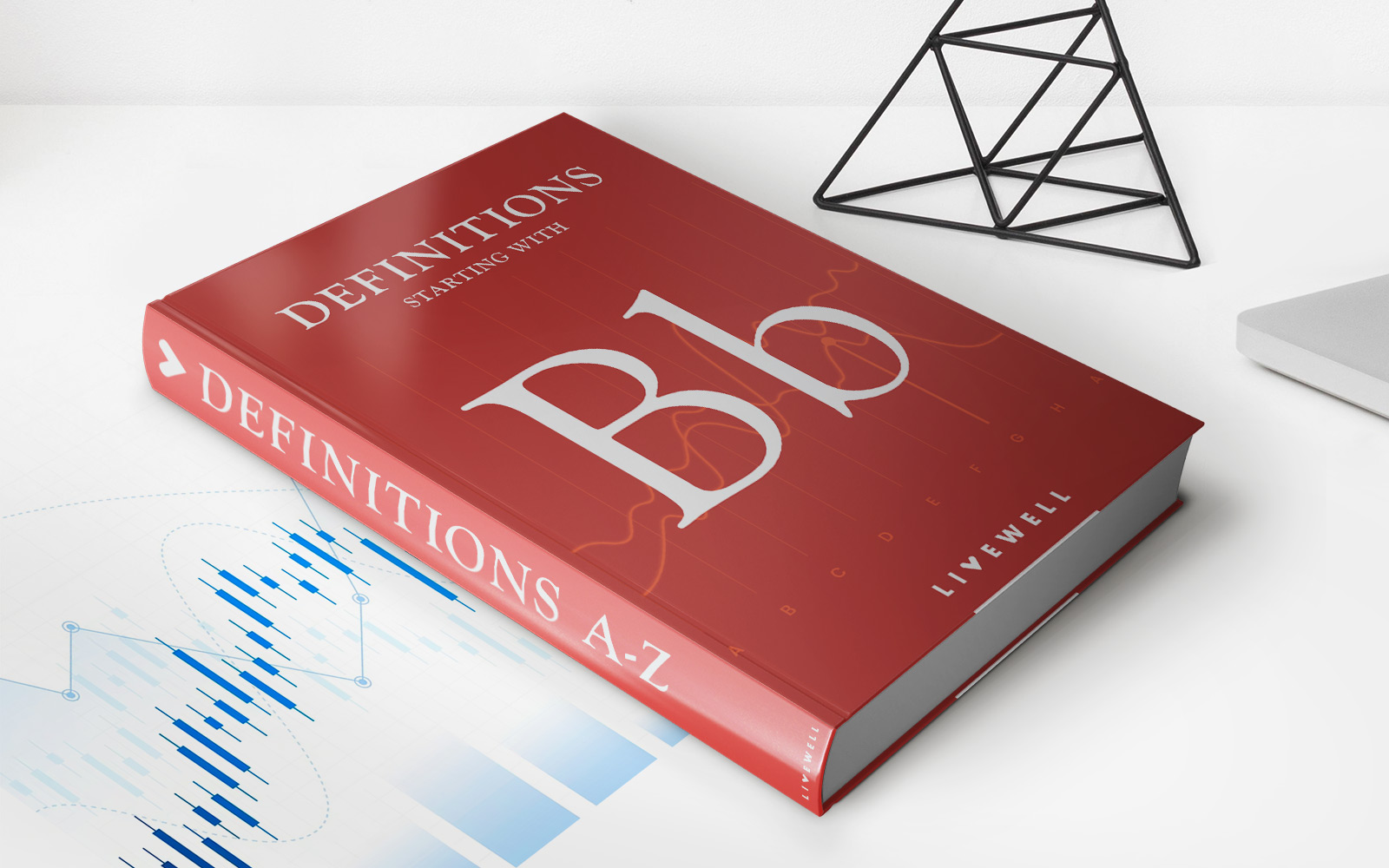

Finance
Why Does My FAFSA Say I Have No Loans?
Published: February 17, 2024
Discover why your FAFSA indicates no loans and learn how to navigate financial aid for college. Get insights on managing your finances effectively.
(Many of the links in this article redirect to a specific reviewed product. Your purchase of these products through affiliate links helps to generate commission for LiveWell, at no extra cost. Learn more)
Table of Contents
Introduction
Completing the Free Application for Federal Student Aid (FAFSA) is a crucial step for students seeking financial assistance for higher education. It serves as the gateway to various forms of aid, including grants, work-study opportunities, and federal student loans. However, some students may find themselves perplexed when their FAFSA indicates “No Loans” despite their genuine need for financial support. This unexpected message can lead to confusion and concern, prompting individuals to question why they are not being offered loans to help cover their educational expenses.
Understanding the reasons behind this message is essential for students navigating the financial aid process. By unraveling the intricacies of FAFSA loans and exploring the common factors contributing to the “No Loans” notification, individuals can gain clarity and take proactive steps to address any underlying issues. This article delves into the nuances of FAFSA loans, sheds light on the potential causes of the perplexing message, and offers guidance on how to navigate this situation effectively.
Understanding FAFSA Loans
When completing the FAFSA, students are presented with the opportunity to apply for federal student loans, which are designed to help cover the costs of higher education. These loans offer favorable terms, including fixed interest rates and flexible repayment options, making them an attractive option for many students. There are two primary types of federal student loans available through the FAFSA: Direct Subsidized Loans and Direct Unsubsidized Loans.
Direct Subsidized Loans are awarded based on financial need, and the U.S. Department of Education pays the interest on these loans while the student is enrolled in college at least half-time, during the grace period after leaving college, and during any deferment periods. On the other hand, Direct Unsubsidized Loans are available to eligible students regardless of financial need, and the student is responsible for paying the interest on these loans throughout the entire loan term.
It’s important to note that the amount of federal student loans a student can receive is influenced by various factors, including their year in school, dependency status, and the cost of attendance at their chosen institution. Additionally, there are annual and aggregate loan limits that dictate the maximum amount a student can borrow each year and throughout their academic career.
By understanding the distinctions between subsidized and unsubsidized loans, as well as the factors that impact loan eligibility and limits, students can navigate the FAFSA process with greater insight. This knowledge empowers individuals to make informed decisions regarding their financial aid options and sets the stage for a clearer understanding of their loan status as indicated by the FAFSA.
Common Reasons for “No Loans” Message
Receiving a “No Loans” message on the FAFSA can be disconcerting, especially for students who were anticipating the availability of federal student loans to help fund their education. Several common reasons may underlie this unexpected notification, shedding light on why the FAFSA indicates a lack of loan offers despite a student’s genuine financial need.
- Inadequate Financial Need: One prevalent reason for the “No Loans” message is that the student’s demonstrated financial need does not meet the threshold for receiving subsidized loans. This can occur when a student’s expected family contribution and other sources of financial aid sufficiently cover their educational expenses, resulting in a lack of eligibility for subsidized loans.
- Dependency Status: The dependency status of the student can also impact their loan eligibility. Dependent students may find that their parents’ income and assets disqualify them from receiving subsidized loans, leading to the absence of loan offers on the FAFSA.
- Exceeding Loan Limits: Another common reason for the “No Loans” message is that the student has reached or exceeded their annual or aggregate loan limits. This can occur if the student has already borrowed the maximum allowable amount of federal student loans, leaving them ineligible for further loan offers through the FAFSA.
- Unmet Cost of Attendance: In some cases, the cost of attendance at the student’s chosen institution may not align with their financial aid package, resulting in unmet financial need. This discrepancy can lead to a situation where the student’s demonstrated need exceeds the available aid, potentially resulting in the absence of loan offers.
Understanding these common reasons for the “No Loans” message is crucial for students grappling with this situation. By recognizing the factors that can influence loan eligibility and the availability of federal student loans, individuals can gain clarity and take proactive steps to address any underlying issues contributing to the absence of loan offers on their FAFSA.
How to Address the Issue
Addressing the “No Loans” message on the FAFSA requires proactive steps to navigate the complexities of loan eligibility and financial aid. When faced with this unexpected notification, students can take several measures to address the issue and explore alternative options to secure the necessary funding for their education.
- Review Financial Aid Package: Begin by carefully reviewing the entire financial aid package offered by the college or university. While federal student loans may not be available, there could be other forms of aid, such as grants, scholarships, or work-study opportunities, that can help bridge the gap in funding.
- Consider Private Student Loans: If federal loans are not an option, exploring private student loans from reputable lenders can provide an alternative source of funding. It’s essential to compare interest rates, repayment terms, and borrower benefits when considering private loan options.
- Appeal for Additional Aid: In certain circumstances, students may have the opportunity to appeal for additional financial aid from their college or university. This process typically involves providing detailed information about any changes in financial circumstances or unforeseen expenses that warrant additional support.
- Seek Financial Counseling: Students grappling with financial aid challenges can benefit from seeking guidance from financial aid counselors or advisors at their institution. These professionals can provide personalized assistance, offer insights into alternative funding sources, and help students navigate the complexities of the aid process.
- Explore Part-Time Employment: Supplementing educational expenses through part-time employment can alleviate financial strain. Many colleges and universities offer work-study programs that enable students to gain valuable work experience while earning income to support their studies.
By taking proactive steps to address the “No Loans” message and exploring alternative avenues for financial assistance, students can navigate this challenging situation with resilience and determination. It’s important to approach the issue with a proactive mindset, seek support from knowledgeable professionals, and explore diverse funding options to ensure access to the resources needed to pursue higher education.
Conclusion
Navigating the complexities of financial aid and loan eligibility can be a daunting task for students seeking to fund their higher education. The unexpected “No Loans” message on the FAFSA can introduce uncertainty and concern, prompting individuals to explore the underlying reasons and seek solutions to address this issue effectively.
Understanding the intricacies of federal student loans, including the distinctions between subsidized and unsubsidized loans, as well as the factors that influence loan eligibility and limits, is crucial for students embarking on the financial aid journey. By gaining insight into these fundamental aspects, individuals can approach the FAFSA process with greater clarity and make informed decisions regarding their financial aid options.
When confronted with the “No Loans” message, students can take proactive steps to address the issue and explore alternative avenues for securing the necessary funding. Whether through a comprehensive review of the financial aid package, consideration of private student loans, or the pursuit of additional aid through appeals and counseling, individuals can navigate this challenge with resilience and determination.
Ultimately, the journey toward accessing financial aid and securing the resources needed for higher education requires perseverance, resourcefulness, and a proactive approach to addressing unexpected hurdles. By leveraging available support services, exploring diverse funding options, and maintaining a steadfast commitment to their educational pursuits, students can overcome the “No Loans” message and pave the way for a fulfilling academic experience.
Empowered with knowledge, determination, and a proactive mindset, students can navigate the complexities of financial aid, surmount unexpected obstacles, and embark on a transformative educational journey with the support and resources needed to thrive.














